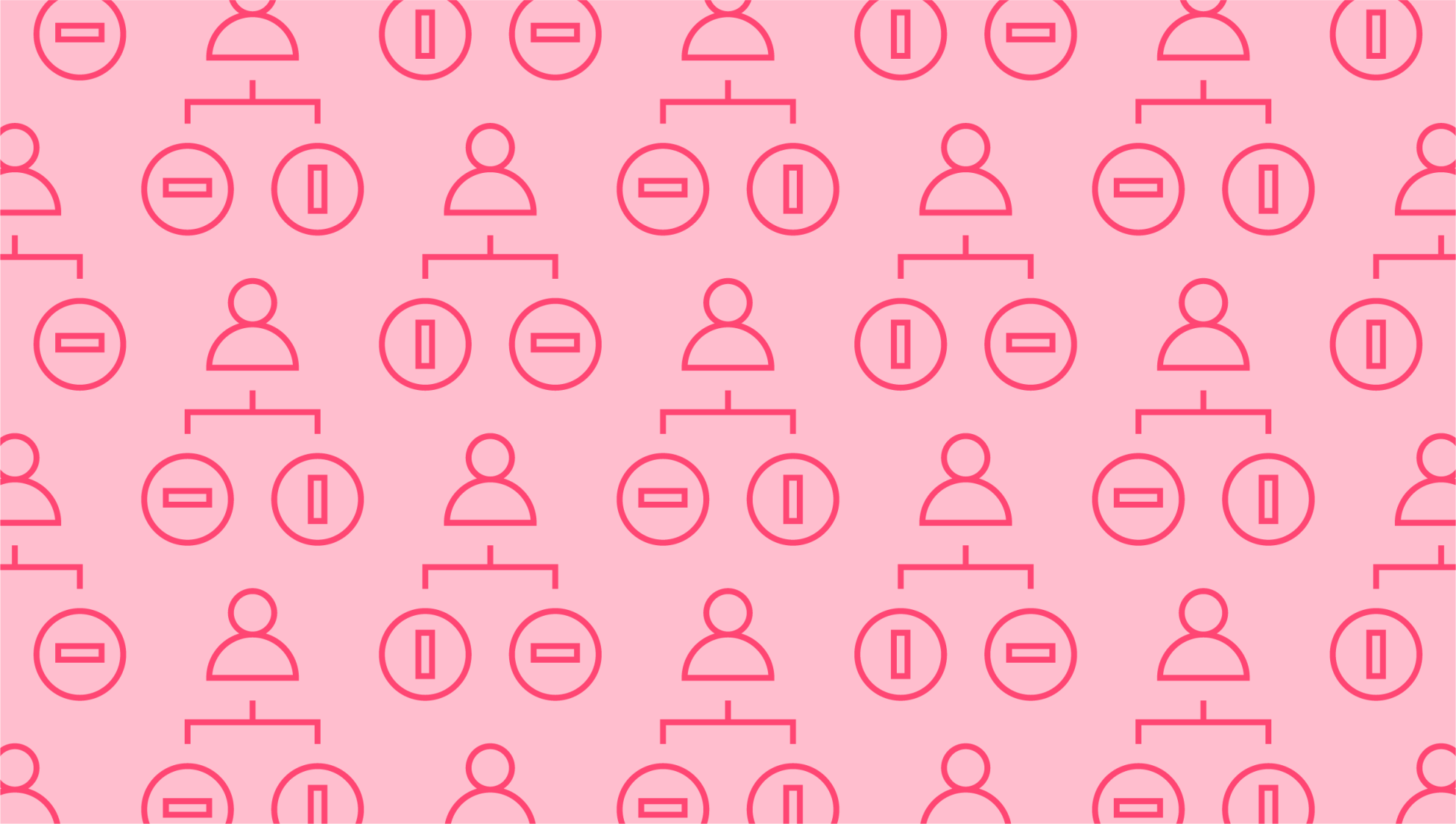Last editedMay 20213 min read
What makes buyers tick? You can better understand client and colleague behaviour alike by learning more about microeconomics. Keep reading our guide for the microeconomics definition, along with the primary principles that drive its theory.
Microeconomics definition
While macroeconomics looks at the entire economy, microeconomics studies the behaviour of individuals or businesses within the economy. It’s a breakdown of the choices that people make, including buying decisions according to price, supply, and demand. Microeconomic theory also looks at the goods and services market, and how businesses cooperate with one another. It goes into the finer details of consumer and market behaviour, to understand how and why decisions are made.
Part of microeconomic theory is breaking individuals into subgroups for analysis. These include business owners, buyers, and sellers. You can then apply the theories to each subgroup to predict how they will react when there are changes to resource allocation, price, and production.
Supply and demand principles of microeconomics
The relationship between supply and demand is one of the key principles of microeconomics. In this context, demand and supply take on the following meanings:
Demand – the quantity of a good or service that consumers will purchase at a specific price point
Supply – the quantity of a good or service that producers will provide at a specific price point
The law of demand states that consumer demand varies inversely with commodity price. In other words, when prices go up, demand goes down.
The law of supply states that price increases lead to a corresponding increase in supply, and vice versa.
When demand and supply intersect, this is called the point of equilibrium and is the ideal situation where buyers and manufacturers meet one another’s needs. If prices rise above the equilibrium point, demand drops accordingly, which leads to a surplus in supply. Producers must reduce their prices to the equilibrium point to entice buyers once more.
Microeconomic theories
In addition to this fundamental theory of supply and demand, there are a few other microeconomic theories to be aware of.
1. Production input value theory
This theory states that the price of any product is determined by the cost of its production. Cost inputs include land, labour, and capital, as well as taxation.
2. Opportunity cost theory
Another theory frequently used in microeconomics is the idea of opportunity cost. An opportunity cost is the value of whatever the next best alternative is. An example of this would be that if you spent time and money going to the cinema one evening, the time cannot be spent at home reading instead. The time lost is your opportunity cost.
3. Utility theory
This theory analyses consumer behaviour, stating that consumers choose to purchase goods that maximise their happiness (termed ‘utility’ in this context). This choice is constrained by the money they have available to spend.
4. Production theory
According to production theory, producers will choose the best combination of resources that minimises cost while maximising output and profit.
Understanding the market in microeconomics
Market structure is another one of the guiding principles of microeconomics. This area of study looks at how markets operate, breaking them down into the following types of structures:
Pure competition: Unlimited small companies are able to compete equally against one another, with identical commodities. This structure really only exists in theory.
Monopoly: A single company controls the market supply, with no competition to drive down prices.
Monopsony: The market has many different sellers, but only a single buyer to control demand.
Oligopoly: A handful of companies control the market, with the ability to either collaborate together or compete.
Oligopsony: There are many different sellers but only a handful of buyers, giving buyers more control over demand.
Microeconomics vs. macroeconomics
While microeconomics drills down into the behaviour of individuals, macroeconomics looks at the bigger picture. It concerns economy-wide factors like unemployment, GDP, and inflation rates to measure what’s happening with the market as a whole. However, there’s no need to choose between microeconomics vs. macroeconomics; both include important theories that work together.
On a final note, microeconomic theory does come with some limitations due to the assumptions made. For example, it assumes that individuals act rationally, and that markets are perfect with a large number of buyers and sellers. Be sure to keep these limits in mind when conducting any analysis.
We can help
GoCardless helps you automate payment collection, cutting down on the amount of admin your team needs to deal with when chasing invoices. Find out how GoCardless can help you with ad hoc payments or recurring payments.
